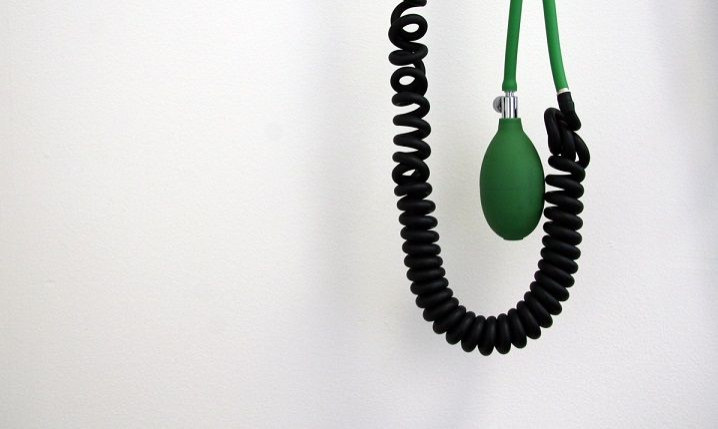Blood Pressure Better Controlled With Doctor Visits Twice A Year

People who visit their doctors twice a year face a significantly lower risk for high blood pressure than people who go only once a year, a new forthcoming study finds.
High blood pressure remains one of the greatest predictors of heart attack and stroke in the United States, according to the Centers for Disease Control and Prevention. Among people suffering their first heart attack, roughly seven in 10 had high blood pressure. For strokes, that rate jumps to eight in 10. While a simple vital sign to check, blood pressure is perhaps one of the clearest indicators for overall cardiovascular health.
The new study included reports on 37,000 adults in the National Health and Nutrition Examination Survey who had their blood pressure checked between 1999 and 2012. The researchers controlled for a number of variables, including diabetes, health insurance, body mass index, and smoking, among other factors. But the greatest predictor of people’s blood pressure levels was how often they visited the doctor.
The link may go two ways. The first direction suggests doctor visits compel people to lower their blood pressure: A person who visits her primary physician and learns she’s at risk for high blood pressure can use the information to change her diet. And twice-a-year visits create a natural follow-up for the patient and her doctor to check on her progress.
This was the case for many obese subjects in the study, who showed the same trend but to an even greater degree than people who were otherwise healthy. Dr. Brent Egan, lead author of the study and professor of medicine at the University of South Carolina School of Medicine, said this was “probably because doctors recognize the need to control risk factors and may be quicker to give them blood pressure medications.”
Then there’s the other possibility, namely, that people who enjoy lower blood pressure are simply the type of people who visit their doctors more often. People who are health-conscious presumably put greater stock in their trips to the doctor than people who don’t exercise or eat healthy. In this case, low blood pressure serves as more of an indication of a greater overall lifestyle trend than one specific cause or effect.
In either case, blood pressure remains an oft ignored problem. Roughly 78 million adults in the U.S. suffer from high blood pressure, yet only 52.5 percent have it under control. This is despite more than 80 percent of people knowing they have it and 75 percent doing something about it, typically in the form of some medication.
High blood pressure is defined as a systolic pressure (the top number) of at least 140 millimeters of mercury (mm Hg) and a diastolic blood pressure of at least 90. If the current trajectories hold up, the American Heart Association estimates that by 2030 hypertension will jump another 7.2 percent — adding to the already high annual cost of $47.5 billion, comprised of health care services, medications, and missed days of work.
Source: Egan B, et al. Circulation. 2014.



























